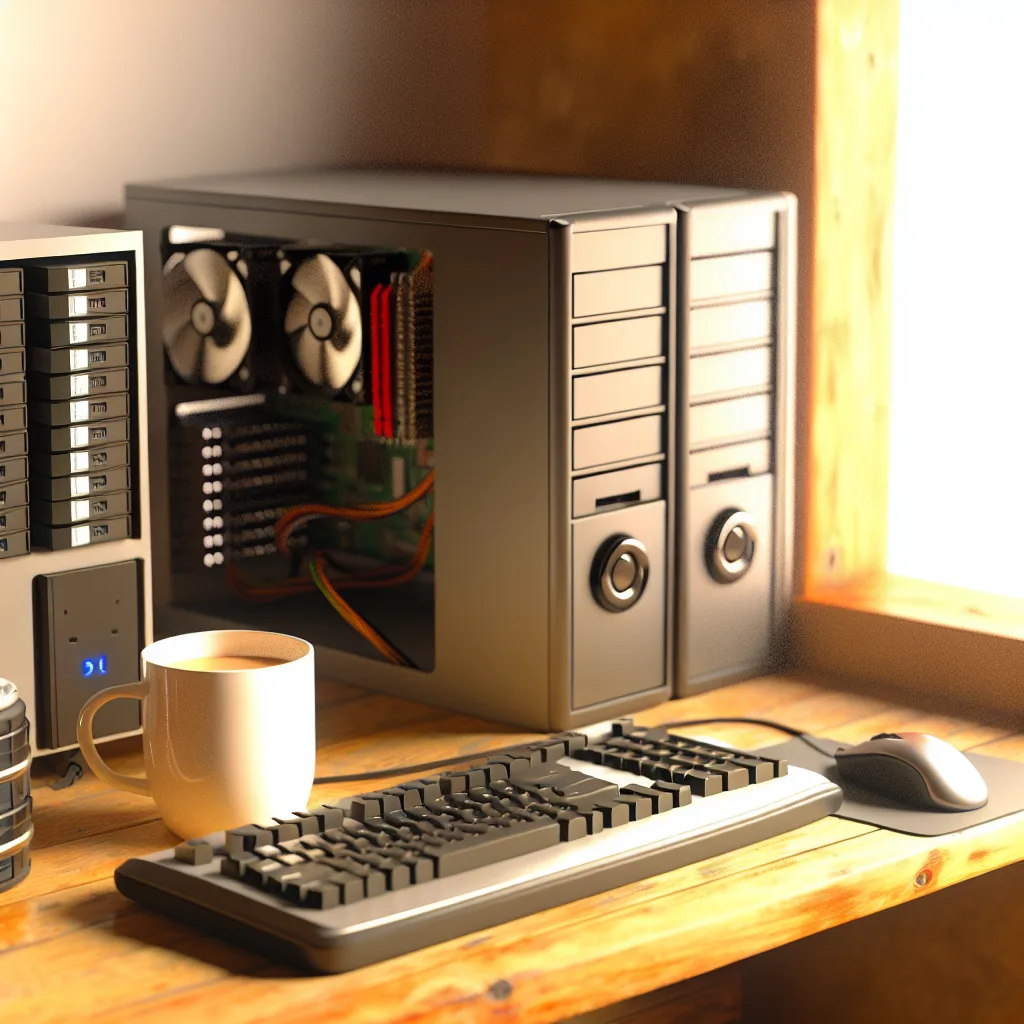Creating a simple NAS system on a tight budget using spare hardware and OpenMediaVault
Have you ever thought about setting up a budget NAS build but hesitated because you don’t want to spend a lot? That’s exactly what I did recently. I had some old hardware lying around, and instead of letting it gather dust, I decided to try my hand at homelabbing by building a simple NAS (Network Attached Storage) setup. Well, it turned out to be more of a Direct Attached Storage (DAS) because of some hardware limitations, but it’s been a fun and surprisingly useful project.
Why a Budget NAS Build?
A NAS system is great for storing files, backing up computers, and even streaming media around your home. But new NAS devices can get expensive quickly. So I figured, why not repurpose an old PC? I had an ancient Pentium E5300 CPU with 2GB DDR2 RAM, plus some spare 500GB hard drives and a 120GB SATA drive for the operating system. It wasn’t pretty, but it was free.
Building My NAS on a Shoestring
I wasn’t starting with the best hardware. The motherboard had only 1Gbps network interface, which is alright, but the CPU was quite old and slow. Also, the SATA ports were SATA 2, capping my disk speeds lower than modern SATA 3 interfaces. But I thought, that’s fine for a backup server. I installed OpenMediaVault (OMV), a great open-source NAS software that’s pretty lightweight and easy for beginners.
I created a RAID 5 setup with three 500GB drives to balance storage space and redundancy. RAID 5 is helpful because even if one drive fails, you don’t lose data. The 120GB SATA SSD hosted the OS and OMV, so everything booted up smoothly.
Lessons Learned from My Budget NAS Build
- CPU performance matters, but don’t overthink it. The Pentium E5300 struggled a bit with RAID overhead and running OMV services, so I decided to use it primarily as direct attached storage rather than full network storage. It’s perfect for backing up my laptop OS using Veeam.
- Network can be a bottleneck. With only a 1Gbps LAN port, transfers are slower than newer gigabit setups, but for home backup needs, it’s manageable.
- Old hardware can still shine. Even though the CPU and disks were old, repurposing them saved me money and gave me a neat little backup station.
Tips If You Want to Try Your Own Budget NAS Build
- Check if your old PC has enough SATA ports and that your drives are compatible.
- Use lightweight NAS software like OpenMediaVault — it’s user-friendly and well supported.
- Consider what your storage purpose is: backup? media streaming? file sharing? This helps you decide RAID setups and performance needs.
- Be realistic about your CPU and network speeds; they’ll shape how you use the NAS.
If you want to explore more about home NAS setups, the OpenMediaVault website has excellent documentation and forums. You might also find guides on Tom’s Hardware helpful for optimizing older PCs for NAS use.
Wrapping Up My Homelab Journey
This budget NAS build is far from fancy, but it’s been rewarding. It’s a neat example of how you can turn old, forgotten parts into something practical without spending a dime. If you have some unused hardware and an itch to tinker, give it a shot. You don’t need the latest gear to start homelabbing—you just need a bit of curiosity and patience.
Have you ever built a NAS on a budget? What hardware did you reuse? Feel free to share your experiences or questions!
Sources:
– OpenMediaVault: https://www.openmediavault.org/
– Tom’s Hardware: https://www.tomshardware.com/
– Veeam Backup Overview: https://www.veeam.com/backup-software-free.html
